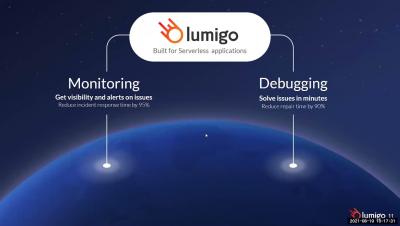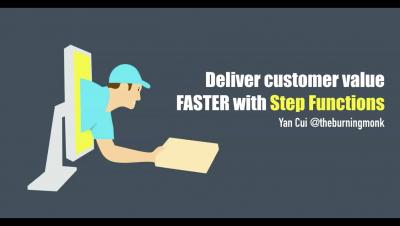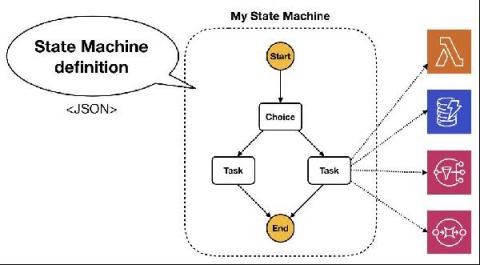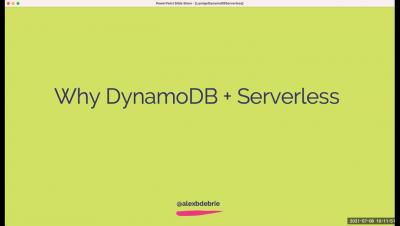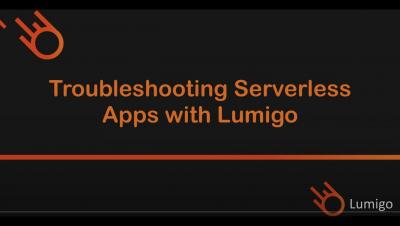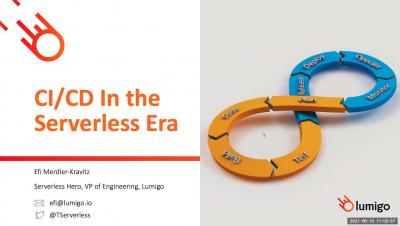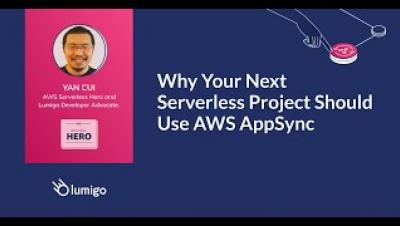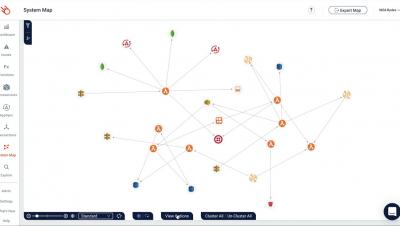Operations | Monitoring | ITSM | DevOps | Cloud
Lumigo
How To Quickly Deliver Value With Step Functions
Testing strategies for Step Functions
AWS Step Functions is a powerful orchestration service that lets you model even the most complex business workflows. It packs a great visualization tool (which you can also use to design your workflows visually now!) and can integrate with many AWS services directly, including Lambda, DynamoDB, and API Gateway. It’s one of my favorite AWS services and I often use it to model complex or business-critical workflows.
5 Reasons To Use DynamoDB In Serverless Applications
Troubleshooting AWS Serverless Applications With Lumigo
Making CI/CD Work with Serverless
Understanding Serverless Observability
Ideally, observability should help you understand the state of your application and how it performs under different circumstances. However, while serverless observability may seem similar to serverless monitoring and testing, the three achieve different goals. Testing helps you check your application for known issues, and monitoring helps you evaluate system health according to known metrics. Observability helps you search and discover unknown issues, providing end-to-end visibility.
Why your next serverless project should use AWS AppSync
See Lumigo In Action (Demo)
Lambda Extensions Just Got Even Better
AWS announced AWS Lambda Extensions back in October 2020 and I wrote extensively about it at the time – what it is, how it works, and why you should care. In short, Lambda Extensions allow operational tools to integrate with your Lambda functions and run either in-process alongside your code or in a separate process. To better understand the problems they solve and their use cases, please read my previous article.


